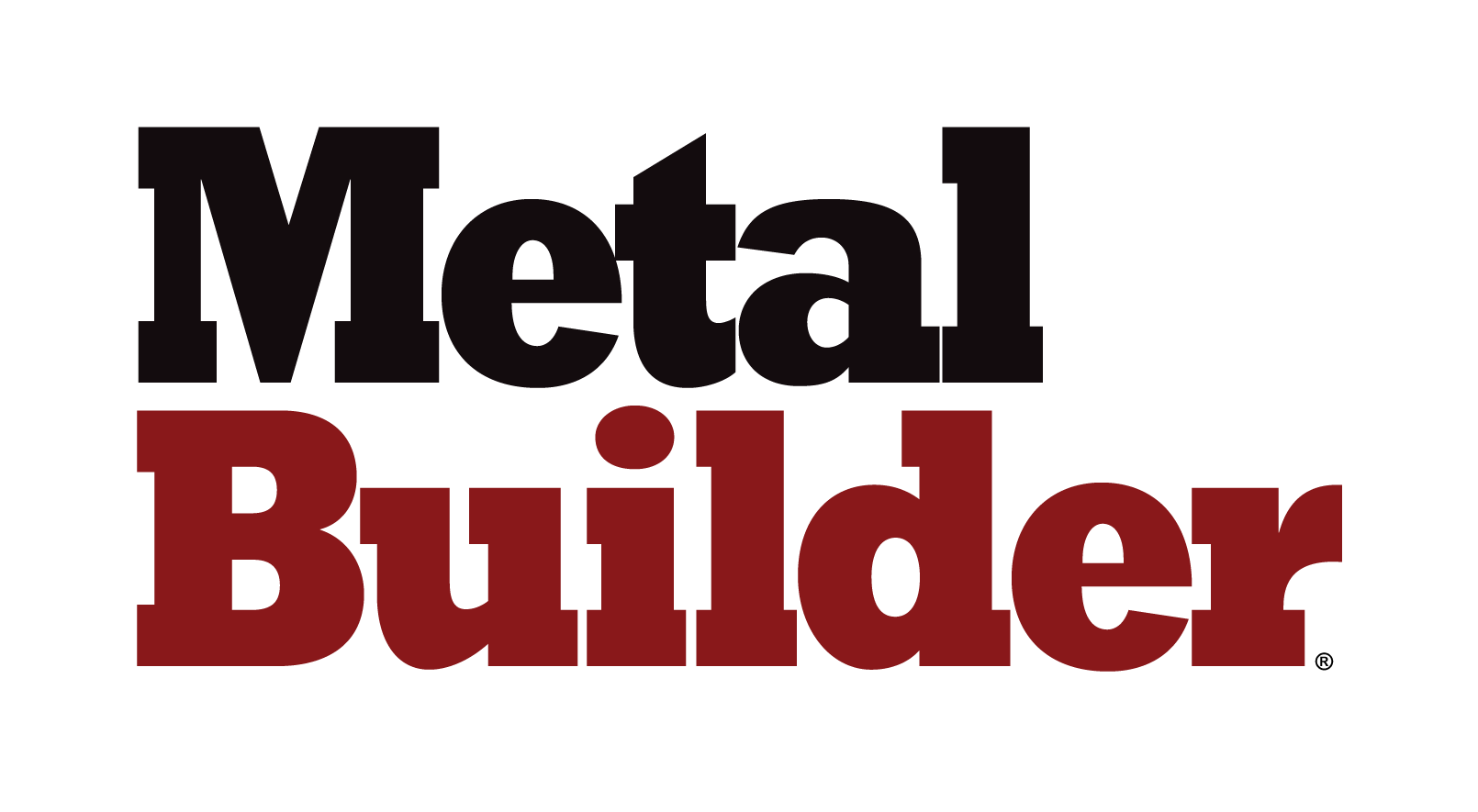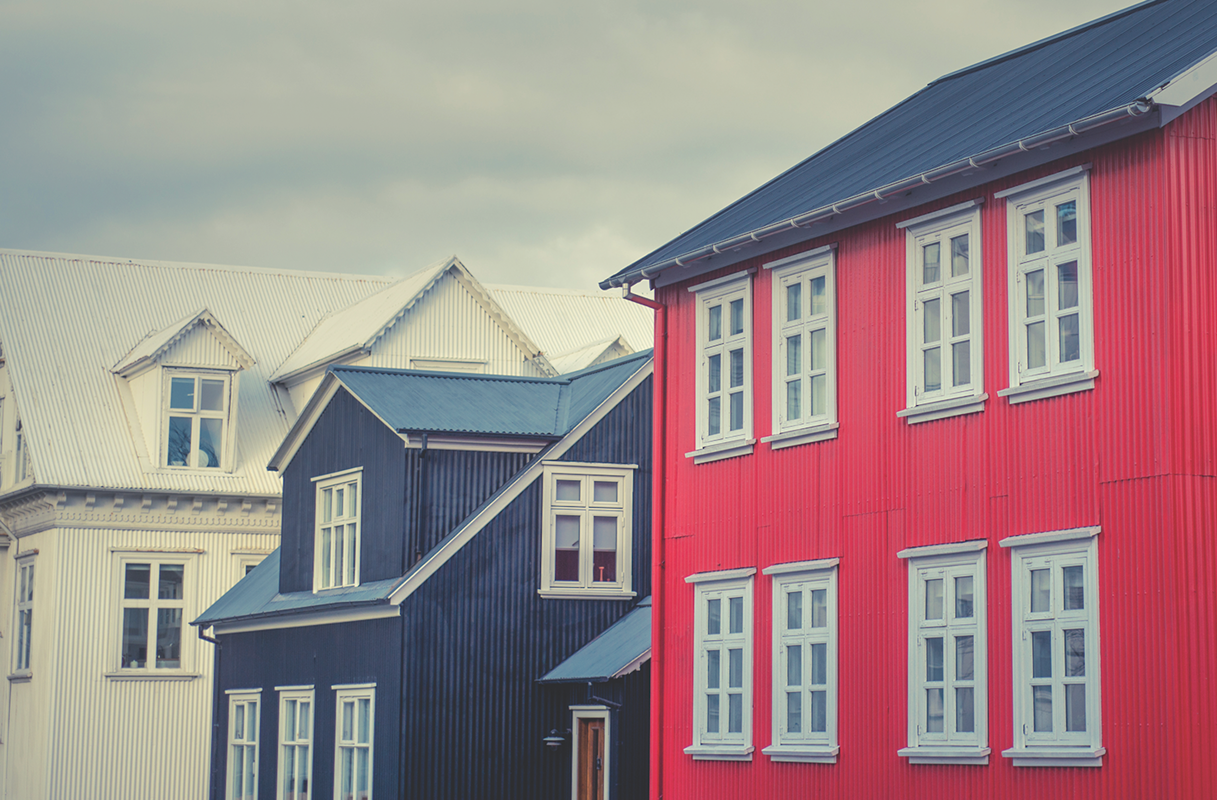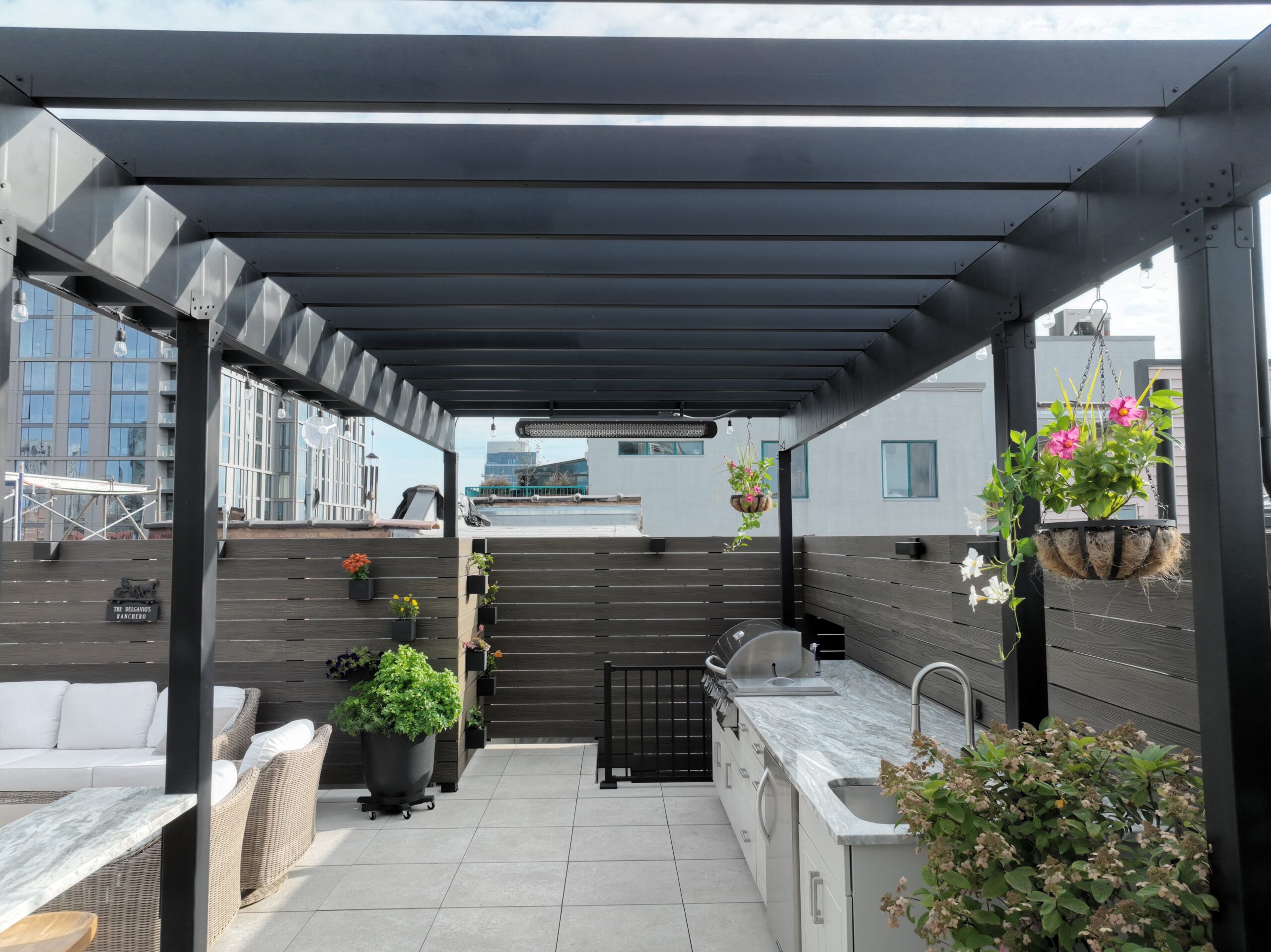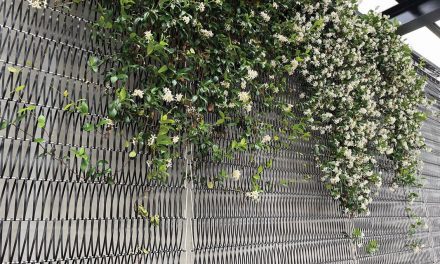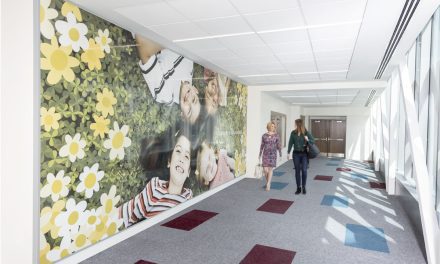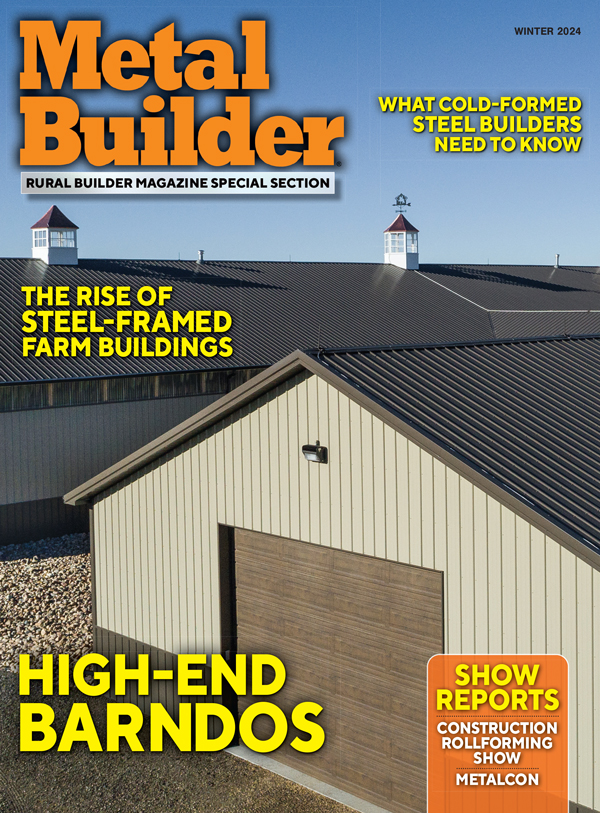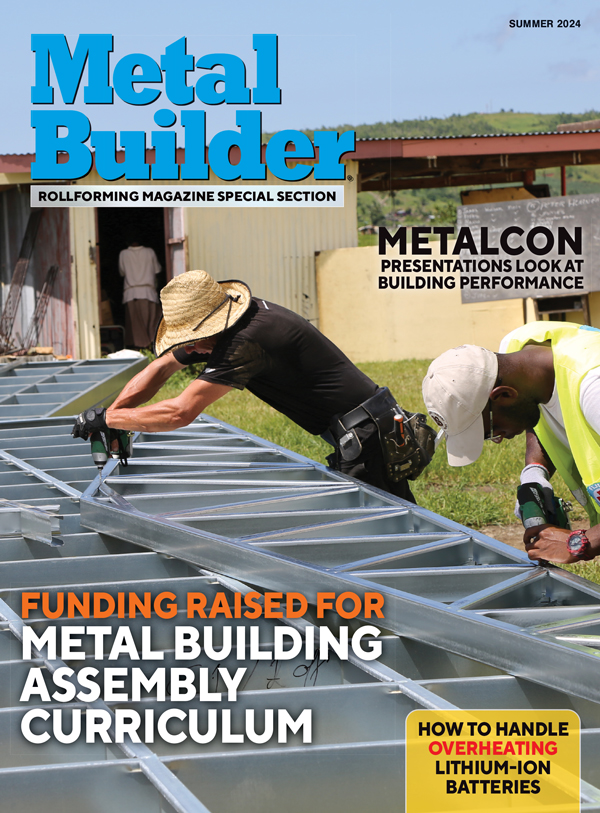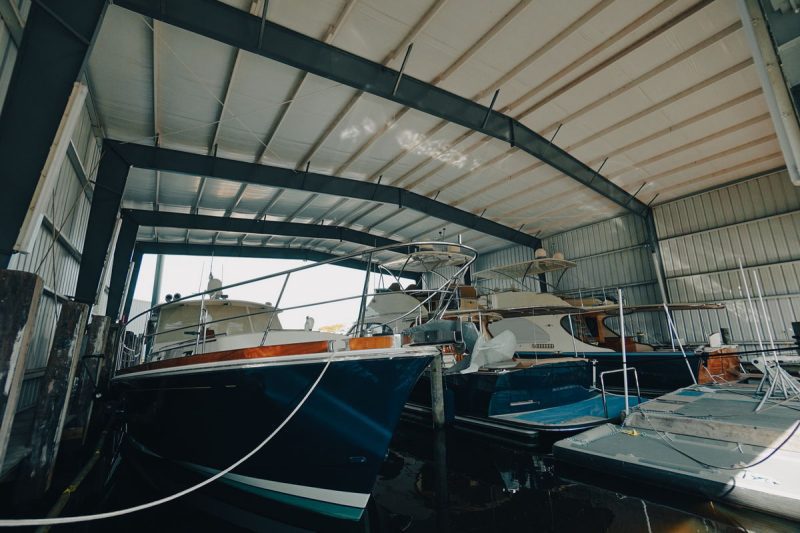Necessity mothers invention, as we know, and I just read about one such experiment in Reykjavik, the capital city of Iceland, dating back more than 100 years.
Everything below comes from a fascinating article on Bloomberg’s site: https://www.bloomberg.com/news/articles/2020-09-23/the-history-of-reykjavik-s-iron-and-wood-homes
Not having much wood because of its proximity to the North Pole, homes there were built out of earth and sod. Eventually in the 1700s and 1800s, the country started importing wood from Scandinavian countries, and then the “experiment” I’m referencing started, according to the article, “when Icelanders started trading with the U.K. in the 1880s, they discovered a new-
fangled material that was more durable: wrought iron sheets, sealed against corrosion by dipping them in molten zinc.”
I’ll borrow an entire paragraph from the article here, because I can’t paraphrase it any better than author Feargus O’Sullivan wrote it:
These houses became the default type both in Reykjavik and elsewhere in Iceland. When the city experienced a major fire in 1915 that left metal-clad houses largely unharmed, the city made this trend into law, requiring a corrugated coating for all new houses built close together. Kept in place until the mid-1920s, this bylaw ended up giving Iceland’s capital the largest cluster of metal-clad buildings in the world.
The article says that most of Reykjavik’s ironclad homes were built between 1880 and 1925. At that point, the country moved largely to concrete, and for societal reasons, the metal buildings were associated with poverty and often deconstructed. Only in the recent past has there been a movement to save the homes and refurbish them, now that they’re seen as historic and not embematic of poverty.
There’s a lesson in this that the metal building industry already knows. The sod houses crumbled, the wood houses burned down, and the metal buildings remain. They’ll still be standing beautifully 100 years from now.
— Rocky
This article is from the Summer 2023 issue.
